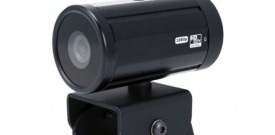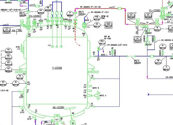Gas leaks, otherwise known as “fugitive emissions,” are often seen as an unavoidable byproduct of operating oil and gas facilities. The source of fugitive emissions can either be intentional (i.e., venting from tanks, controllers, compressor vents, stacks, etc.) or unintentional (i.e., equipment wear and tear/damage, improper or incomplete assembly of components, manufacturing defects, etc.).
In many cases, these leaks are overlooked because they have been considered insignificant and difficult to detect and measure. However, recent studies have shown that these leaks not only cost industry vast amounts of money from lost product, but they can pose considerable safety hazards and contribute significant emissions of methane (a greenhouse gas) and volatile organic compounds (VOCs). Because fugitive emissions are invisible, have been unregulated and usually go unnoticed, industry has been faced with the challenge of finding a cost-effective, efficient and successful method to detect and measure fugitive emissions.
Captiva offers a range of services to identify, quantify and reduce fugitive emissions

 Environment
Environment


